|
Konokon-bo |
| TEL |
026-234-6677 |
including 2 meals 8,000 yen ~ 13,000 yen. |
| Access |
"JR Nagano station" > bus or 20 minutes walk |
| Room |
12 guest room , max 60 people |

Konokon-bo is the oldest and highest among the many temple lodgings of Zenko-ji temple. Its special shojin vegetable dish, "Muryojyu" is very popular among guests.
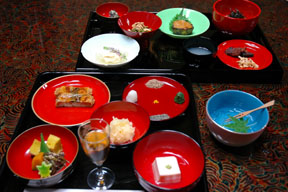 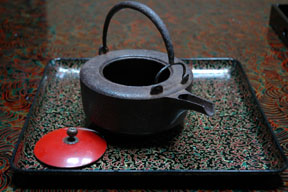
"Muryo" means "endless" and "jyu" means "life"; therefore "Muryojyu" refers to the endless life of Buddha. You will receive benefit from Buddha through the shojin cuisine bearing this name. I tried this dish and was impressed by its excellent taste that did not betray its popularity.
Shinshu noodles, which are the local specialty, are eaten with radish juice and Shinshu miso paste. As it is not allowed to use vegetables with a strong smell (called Gokun) such as green onions, walnuts are used as a spice. Noodles, miso paste and walnuts; you may think that these are an unusual combination, but I found it quite tasty when I tried it.
This is followed by colorful dishes including imitation eel, which is in fact tofu topped with yuba and grilled with sweet soy sauce, vinegar potatoes, millet gluten, cooked pumpkin and lotus root dumplings, etc. Furthermore, food that is considered lucky is on offer, including Iwatake, a kind of mushroom that grows naturally on the steep rocks of the 1,000-meter high mountain. It is said to be a food for perpetual youth and longevity for mountain hermits, as it can be harvested once every thirty years. Buddhist rice is soaked in soup using five kinds of spices (ground radish, Japanese parsley, nutmeg, yuzu orange and cut sesame) to pray for a good harvest and health. I particularly enjoyed the Buddhist rice, which had a marvelous taste from the soup that took three or four days to prepare. The soft and marvelous taste spread in my mouth.
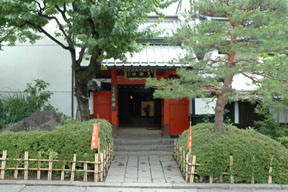 They also served homemade apricot wine as an aperitif, almost transparent winter melon and raw yuba with a thick and sweet sauce and kuzukiri noodles for dessert. Thus, there was a large volume of food. You may wonder why it is so gorgeous in spite of the fact that it is shojin cuisine. I hear that it is the traditional dishes that have been served to visitors who came to worship at Zenko-ji temple. They, of course, have not forgotten the heart of shojin cuisine. The skin of the egg plant is added kinpira style. They are making efforts not to waste the ingredients.
They also served homemade apricot wine as an aperitif, almost transparent winter melon and raw yuba with a thick and sweet sauce and kuzukiri noodles for dessert. Thus, there was a large volume of food. You may wonder why it is so gorgeous in spite of the fact that it is shojin cuisine. I hear that it is the traditional dishes that have been served to visitors who came to worship at Zenko-ji temple. They, of course, have not forgotten the heart of shojin cuisine. The skin of the egg plant is added kinpira style. They are making efforts not to waste the ingredients.
In the morning, you can observe the morning services held in Zenko-ji temple. As for me, I was able to try many events, such as receiving the rosary benefit (the priest touches and soothes you on your head with his rosary), a Buddhist ritual in the main hall, which is a national treasure and the kaidan tour (walking in pitch darkness).
 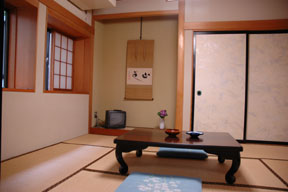
The guest rooms are two six tatami mat rooms and are equipped with air conditioning, towels, yukata robes and toothbrushes. It is a comfortable Japanese style room. When I entered, a white Pomeranian came out to greet me. The shukubo had such a warm atmosphere.
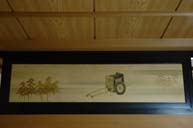 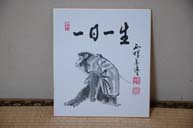 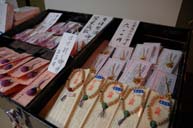
|
Please confirm the latest information at the time of lodging.
|
|

